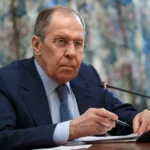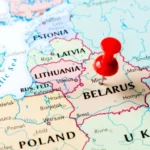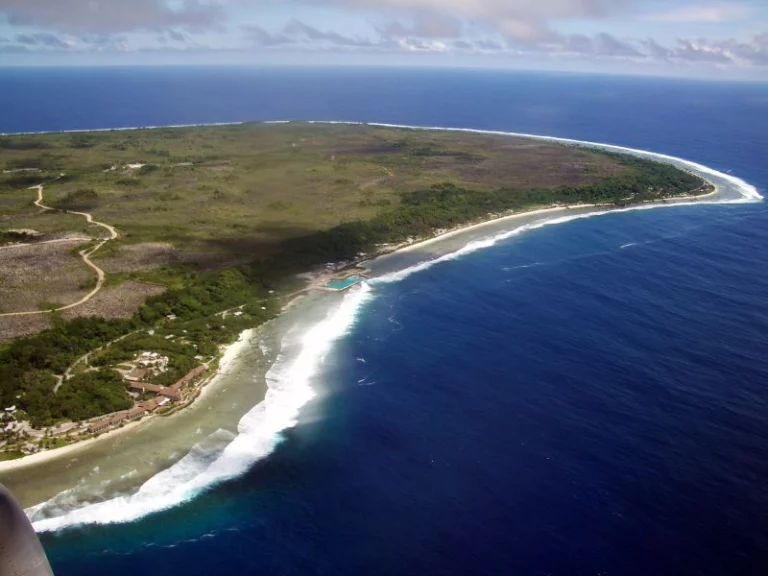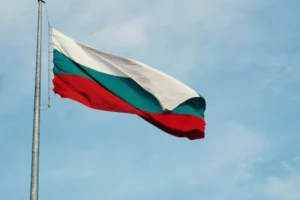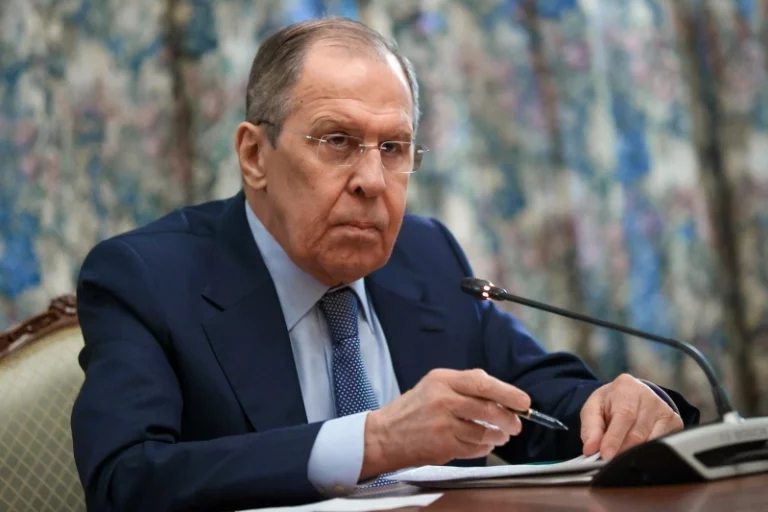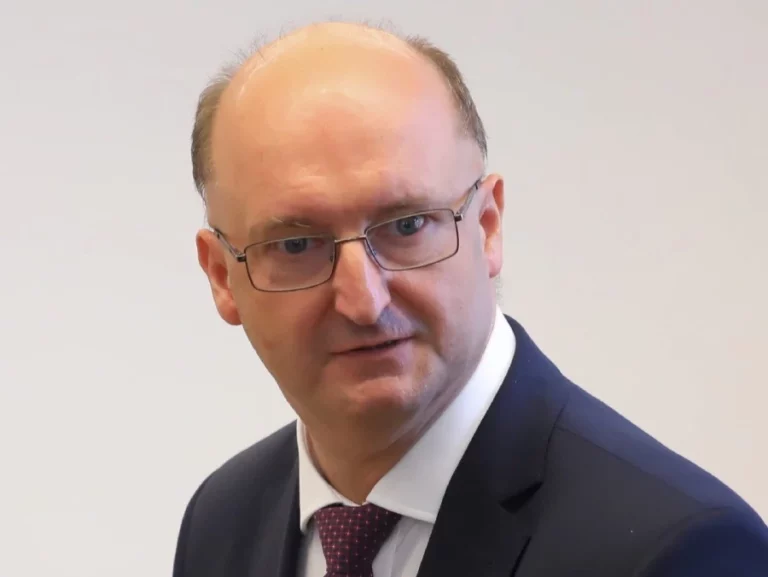Sri Lanka’s economy is facing an unprecedented crisis, with the country experiencing its worst financial crisis in seven decades. According to official data released by the state-run census and statistics department, Sri Lanka’s economy shrank by a record 7.8% in 2022, which is the biggest contraction in the country’s 75 years of independence.
The fourth quarter of the year saw a contraction of 12.4%, which is a significant drop from the 3.5% growth recorded in 2021 and the 4.6% contraction in 2020, which was caused by the COVID-19 pandemic. The unprecedented economic crisis sparked huge protests in the island nation, culminating in July 2022, when a mob stormed the home of then-President Gotabaya Rajapaksa, forcing him to flee the country and resign.
Since then, the new government has been working to repair Sri Lanka’s battered public finances and secure a sorely needed International Monetary Fund (IMF) bailout. Last year’s contraction was caused by the deepening of the economic crisis, frequent power disruptions, shortages in fuel, raw materials, and foreign currency, according to the census and statistics department.
President Ranil Wickremesinghe has raised taxes and ended generous subsidies on fuel and electricity to boost government revenue after his predecessor defaulted on Sri Lanka’s $46bn foreign debt last year. The reforms are a precondition of a $2.9bn rescue package from the IMF, which Sri Lanka expects to finalize soon.
However,
the tax and price hikes have been roundly unpopular, triggering protests and industrial stoppages around the country. About 40 trade unions warned on Thursday that they planned a general strike next week if their demands for concessions on the austerity program were not met.
The census and statistics department said the agriculture sector shrank 4.6 percent last year, while industries contracted 16 percent, and services dropped 2 percent from a year earlier. The tourism sector, which is one of the key drivers of the Sri Lankan economy, has also been hit hard by the pandemic and the subsequent travel restrictions.
The data also showed some improvement in Sri Lanka’s fiscal position, with inflation moderating to about 50 percent in February, down from a record high of 69.8 percent in September. Sanjeewa Fernando, senior vice president of research at Asia Securities, said, “these numbers are broadly in line with expectations. In the last three months of 2022, Sri Lanka was hit by very high inflation, fuel shortages, and high-interest rates.”
Sri Lanka aims to announce a debt-restructuring strategy in April and step up talks with commercial creditors ahead of an IMF review of a bailout package in six months, according to its central bank governor. Wickremesinghe has said Sri Lanka can expect to remain bankrupt until at least 2026 and insisted his government has no option but to implement the reforms demanded by the IMF.
The IMF has set out a list of measures that Sri Lanka must implement to qualify for the bailout package, including structural reforms to improve the country’s competitiveness, reduce the fiscal deficit, and reduce public debt. The reforms include raising taxes, cutting subsidies, and reducing government spending.
However, these measures have been met with opposition from trade unions, who have called for the government to renegotiate the terms of the IMF bailout. The trade unions argue that the reforms will hurt the poor and working-class people, who are already struggling to make ends meet.
The crisis has also raised concerns about the country’s political stability. Sri Lanka has a history of political instability and violence, with the country enduring a long and brutal civil war that ended in 2009. The crisis has also led to concerns about the country’s ability to repay its debts, with the government defaulting on a $1 billion bond payment last year.
The crisis has also had a negative impact on Sri Lanka’s international reputation, with the country slipping in the World Bank’s Ease of Doing Business rankings. The crisis has also led to a decline in foreign investment, which is crucial for the country’s economic growth.
Despite the challenges, there are some positive signs for Sri Lanka’s economy. The country is expected to benefit from the global economic recovery, with the IMF forecasting global growth of 5.5% in 2022. The government has also announced plans to boost the country’s exports, which could help to reduce the trade deficit.
Sri Lanka’s economy is facing an unprecedented crisis, with the country experiencing its worst financial crisis in seven decades. The crisis has been caused by a combination of factors, including the COVID-19 pandemic, political instability, and a high debt burden. The government has implemented a series of measures to address the crisis, including raising taxes, cutting subsidies, and reducing government spending.
However, these measures have been met with opposition from trade unions, who have called for the government to renegotiate the terms of the IMF bailout. The crisis has also raised concerns about the country’s political stability and its ability to repay its debts.
Despite the challenges, there are some positive signs for Sri Lanka’s economy, and the country is expected to benefit from the global economic recovery.
